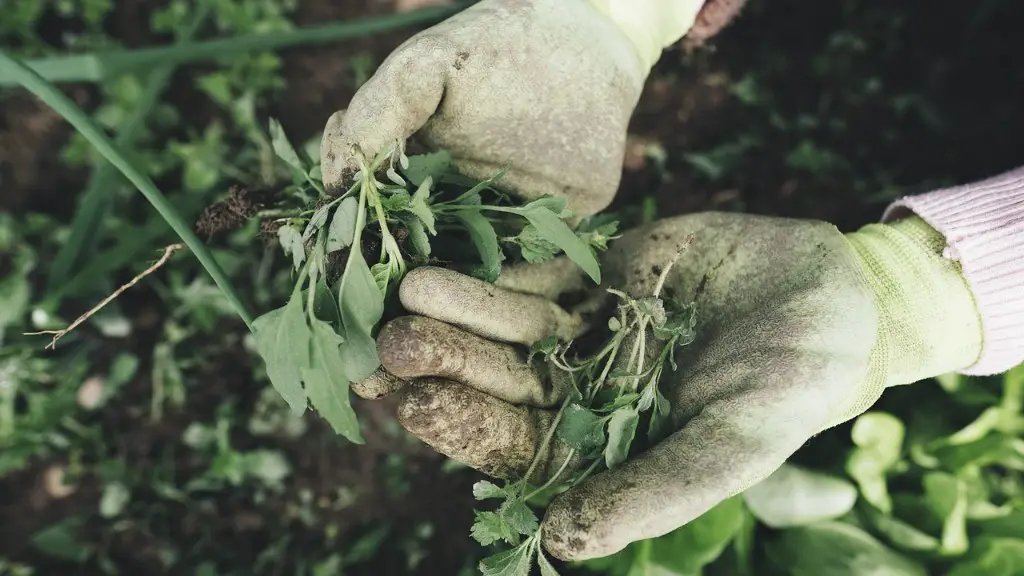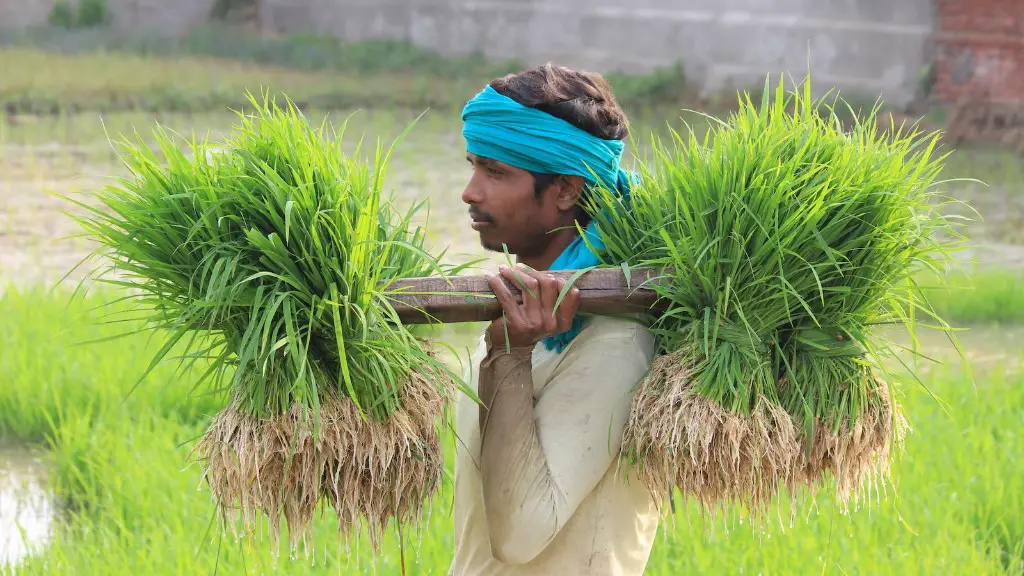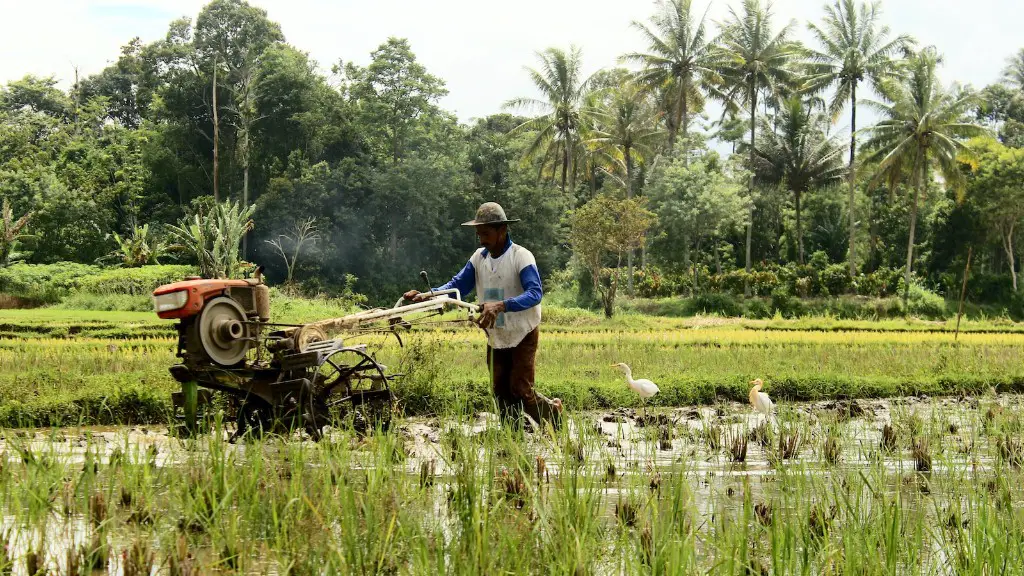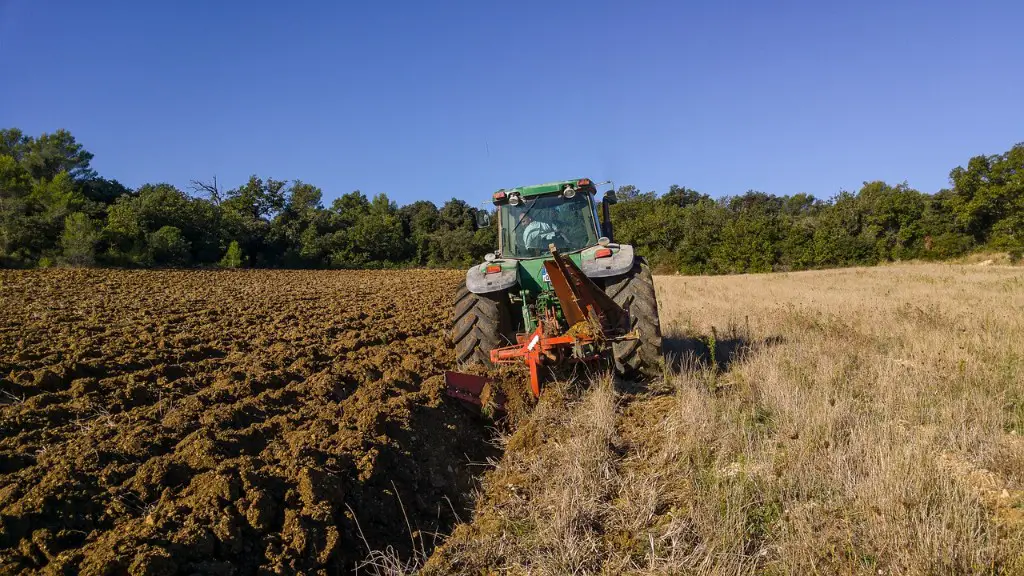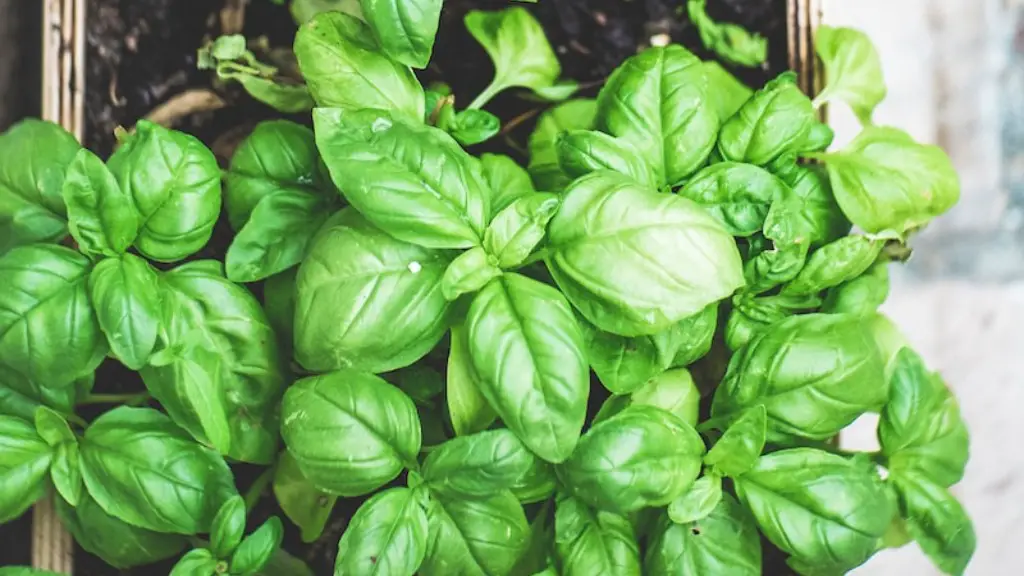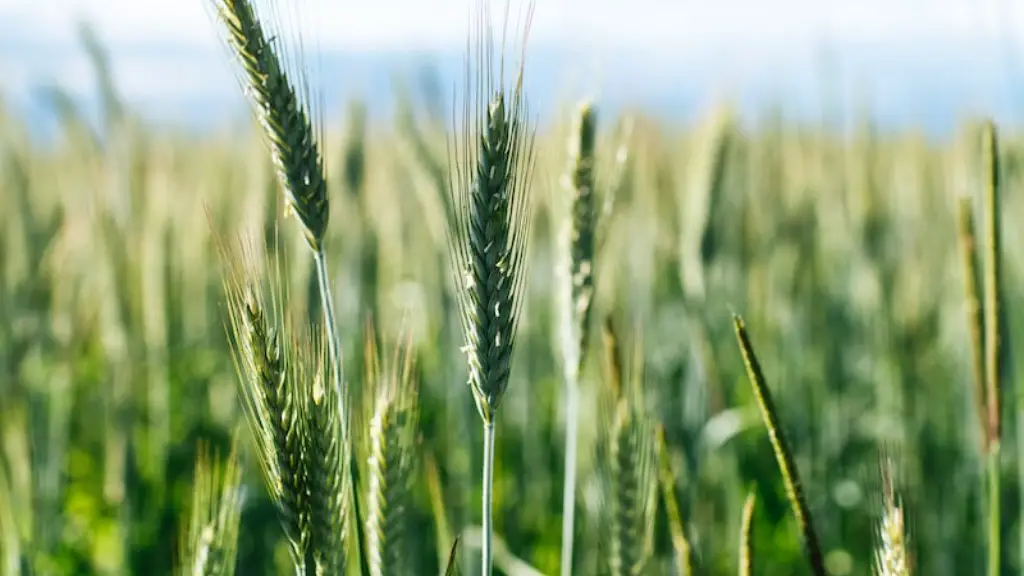Where Does Agriculture Take Place?
Agriculture takes place in many places around the world. Agriculture has been a key part of human history and has been vital in maintaining our societies for thousands of years. From subsistence farmers to industrial-scale operations, agricultural production is responsible for supplying much of the world’s food. Agriculture takes place in both rural and urban settings and can range from subsistence-level systems, to large-scale, modern agricultural operations.
The most common locations in which agriculture takes place are in rural areas, often referred to as the countryside. This is because most agricultural production relies on access to land and water resources. These rural areas usually offer more natural resources, such as fertile soil, fresh water and sunlight, which are essential for successful crop production. In some cases, rural areas can offer more favorable weather conditions as well.
In addition, many urban areas also have some kind of agricultural activity taking place. Urban agriculture is becoming increasingly common, as urban dwellers are becoming more aware of the potential of urban farms and gardens to supply a portion of their food needs. Urban farms may focus on the production of specific crops, such as fruits, vegetables or herbs, or may involve more complex operations, such as aquaculture or animal husbandry. Urban agricultural producers may also have access to markets, which allow them to sell their products directly to consumers in the city or region.
Agricultural production takes place in many different types of climates and habitats. Depending on the type of crops being grown and the available resources, agriculture may take place in desert regions, grasslands, wetlands, forests or mountain regions. In some cases, such as with small-scale subsistence farming, farmers may need to travel large distances to access suitable land and water resources.
The production of agricultural commodities also takes place in very specific kinds of processing units, such as food processing centers, storage and distribution sites, research and development laboratories and production facilities. Many of these agricultural production activities occur at the same time, with different crops requiring different levels of handling prior to reaching consumers.
No matter where agricultural production takes place, it is essential for providing the global population with the food and nutrition necessary for good health. It is also responsible for the generation of numerous jobs and industries, which helps to strengthen local and regional economies.
Subsistence Agriculture
Subsistence agriculture is a practice in which farmers are engaged in small-scale production activities and live off the food they grow on their own land. Although the focus of subsistence agriculture is to produce food for personal consumption, often surplus yields are sold in local markets. Subsistence agriculture is practiced in many parts of the world, including in parts of Africa, Asia, South and Central America, and the Middle East.
Subsistence agriculture relies on good soil and access to water as these are essential for crop production. As such, this type of production tends to be location specific and limits the types of crops that can be grown. Subsistence farmers also have limited access to markets and have less opportunity to take advantage of wholesale pricing or government subsidies.
Subsistence agriculture is a labor-intensive industry, which requires manual labor for planting, harvesting, and post-harvest handling. This can place a great strain on the health of some rural farmers, who may lack access to health care services. Furthermore, the environmental impacts of agricultural activities, including the use of chemical fertilizers, can also be a cause for concern.
Despite the challenges, subsistence agriculture provides an important livelihood for many rural farmers, with an estimated 30-40 percent of the world’s population relying on it for their food security and income generation.
Industrial Agriculture
Industrial agriculture is a practice in which large-scale, mechanized and heavily input-dependent production is used to produce food. Industrial agricultural operations are typically located in rural parts of the world, with large volumes of land and water being used for crop production. Industrial agriculture is responsible for the production of most of the world’s food, with a focus on commodity crops such as corn, wheat, rice and soybeans.
In contrast to subsistence agriculture, industrial agricultural operations are heavily reliant on technology and capital inputs, such as machinery and chemical fertilizers. The use of mechanized equipment, a specialized workforce and modern technologies, allow for high levels of efficiency and throughput of crops, resulting in higher yields and lower costs. Industrial agricultural practices are, however, linked to environmental problems, including soil degradation and water pollution, as well as the displacement of rural populations.
The development of industrial agriculture has allowed for large-scale, efficient and profitable food production. The use of modern technologies has also enabled farmers to increase the production of more expensive specialty crops, such as fruits and vegetables, as well as grains, oilseeds and animal feeds.
Industrial agriculture has had a major impact on global food production and continues to be an important driver of economic development and growth in many rural areas around the world. Despite the challenges of industrial agriculture, it is still the main source of food for much of the global population, providing food security and economic benefits.
Agroecology
Agroecology is an approach to agricultural production that seeks to balance production goals with environmental protection and care for the wellbeing of humans, animals and ecosystems. Agroecology makes use of traditional or indigenous knowledge, as well as modern scientific knowledge, to sustainably manage crop production and use resources effectively. It emphasizes the importance of considering the interactions between biological, physical, economic and social systems within agroecosystems.
Agroecology relies on a diverse set of practices, including crop rotation, intercropping, composting, and water and soil conservation, in order to protect natural resources and enhance human health. Agroecological approaches also encourage the use of renewable energy sources, biodegradable materials and low-toxicity inputs in the production process.
Agroecology has been practiced in some parts of the world for centuries, but the movement is gaining increasing attention and acceptance as a way of addressing some of the challenges associated with industrial agriculture. Agroecology is applicable to both large-scale operations and small-scale subsistence farming and its adoption can have social, economic and environmental benefits.
Agriculture and Climate Change
Agricultural production is a major contributor to global environmental problems, including climate change. Agriculture accounts for a significant amount of greenhouse gas emissions, as well as water and land use, and is linked to habitat destruction and biodiversity loss. Growth in the global agricultural sector is also projected to increase the demand for water and land resources.
The effects of climate change on agriculture are projected to be extensive and are likely to include shifts in optimal growing conditions, changes in water availability and the emergence of new pests and plant diseases. These changes will necessitate shifts in agricultural production and management practices in order to protect crop yields and the environment.
At the same time, agriculture can also play an important role in helping to reduce global greenhouse gas emissions. This includes making it more energy efficient, through the use of renewable energy and energy-saving technologies, as well as reducing waste, increasing soil carbon levels, and reducing fertilization and pesticide use. These practices can ultimately lead to more sustainable agricultural systems and reduce the impacts of climate change.
Organic Agriculture
Organic agriculture is an approach to agricultural production that seeks to minimize the use of synthetic inputs, such as chemical fertilizers, pesticides and hormones, and instead relies on natural processes and organic materials to maintain soil fertility and crop yields. Organic methods emphasize preventing pest and disease problems before they occur, utilizing ecological processes, such as crop rotations and crop diversity, and encouraging beneficial organisms in the soil and on plants.
Organic agriculture is applicable to both large- and small-scale production systems. It is a popular way of producing food in many parts of the world, as it focuses on environmental stewardship and ethical production practices. Organic agricultural production is also gaining increased acceptance as a way to reduce the use of synthetic chemicals in food production and to produce healthier and more nutritious foods for consumers.
The costs, benefits and impacts of organic agriculture on the environment are heavily debated. While some research concludes that organic production may be more expensive and less efficient than conventional agricultural approaches, other studies emphasize the benefits of water and soil conservation, increased biodiversity, and reduced environmental pollution.
Sustainable Agriculture
Sustainable agriculture is a broad term that encompasses a range of production approaches that aim to use resources in an efficient and environmentally responsible manner. It involves looking at the whole agricultural system and taking into account the interactions between the production of crops and the environment, both in the short and long-term.
Sustainable agriculture has several components, including the use of agroecological principles and practices, conservation and recycling of resources, soil and water management and the integration of crop and livestock activities. Sustainable agriculture is applicable to both small- and large-scale farm operations, as well as for farmers in developing countries who lack financial resources and access to technologies.
Sustainable agriculture is the focus of much research and development, as it is seen as a way to address economic, environmental and social issues in agricultural production. For example, it can reduce the use of synthetic inputs and promote soil health, leading to increased crop yields and improved economic returns for farmers.
In many countries, organizations, such as governments and research institutes, are investing heavily in sustainable agriculture in order to improve farming systems and reduce environmental impacts. In other regions, sustainable agriculture is being practiced by small-scale farmers and integrated into the industrial agricultural system.
